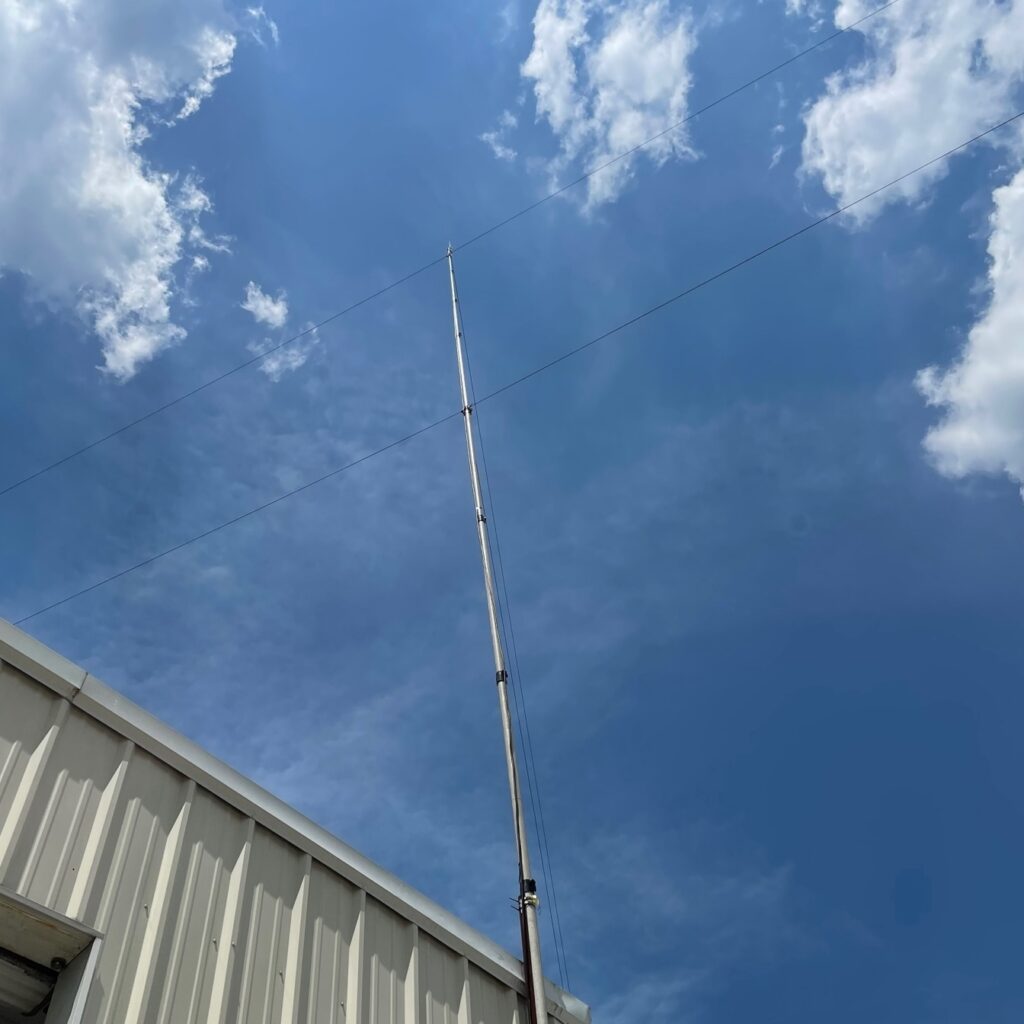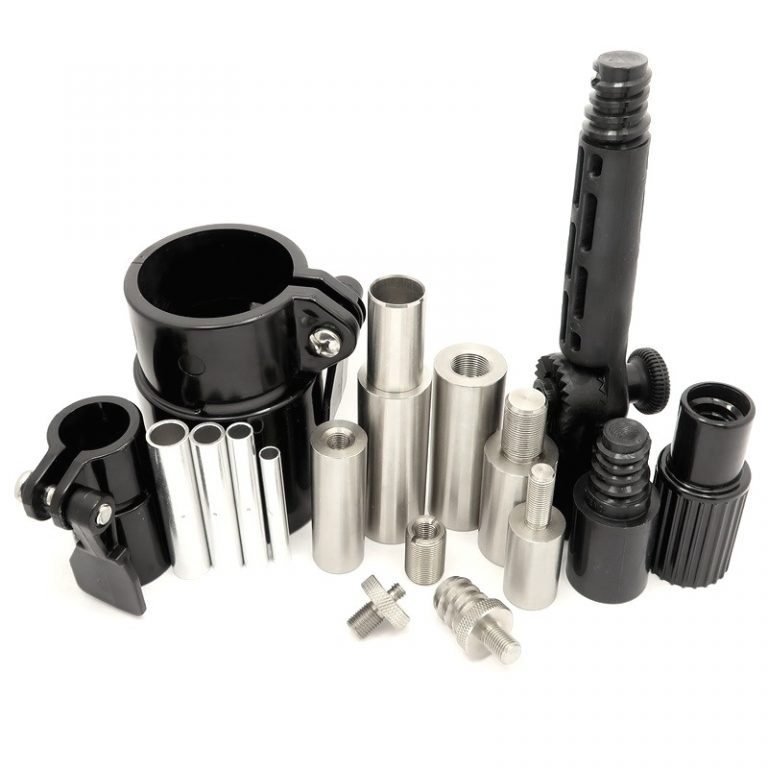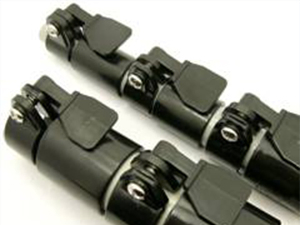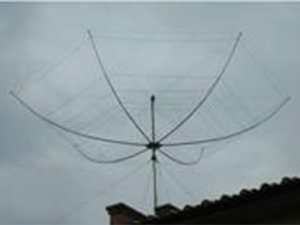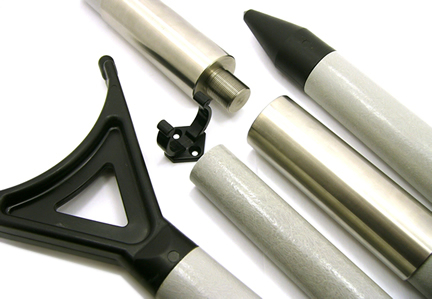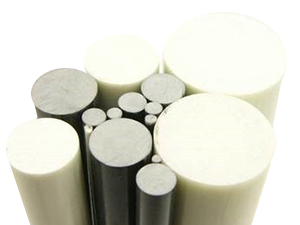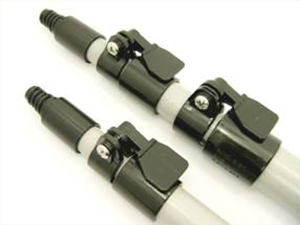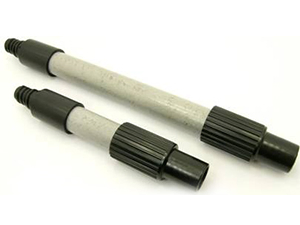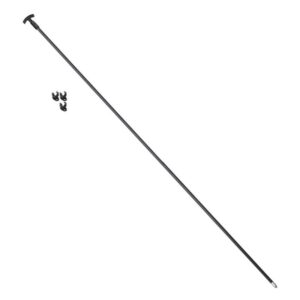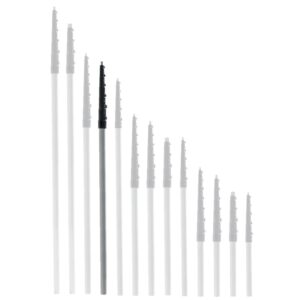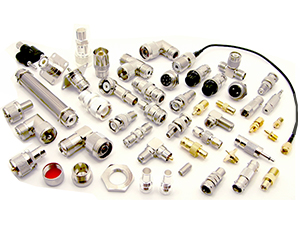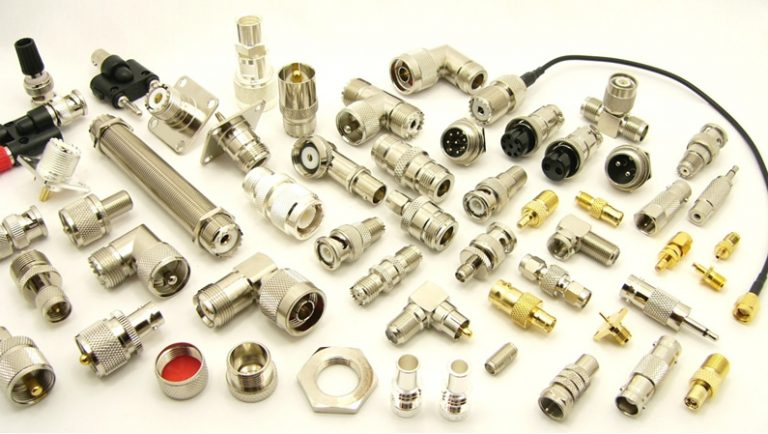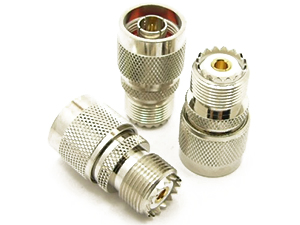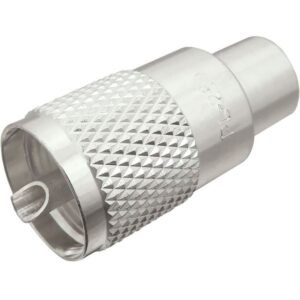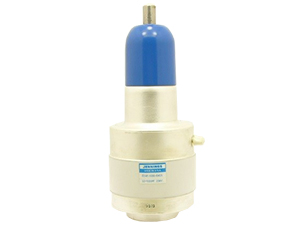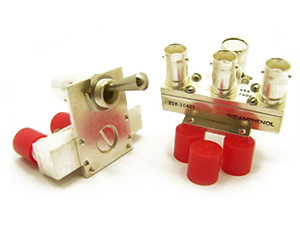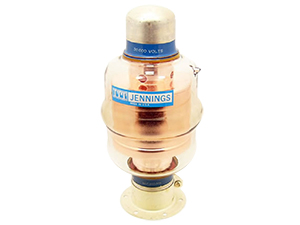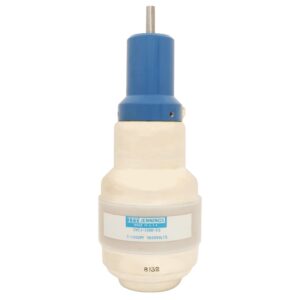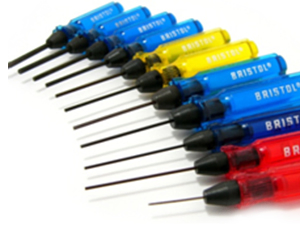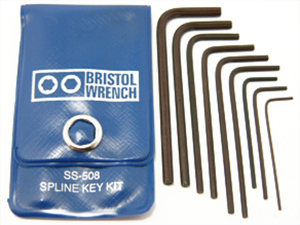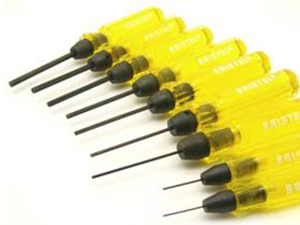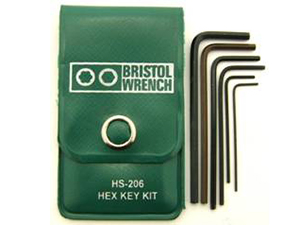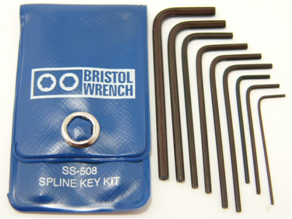
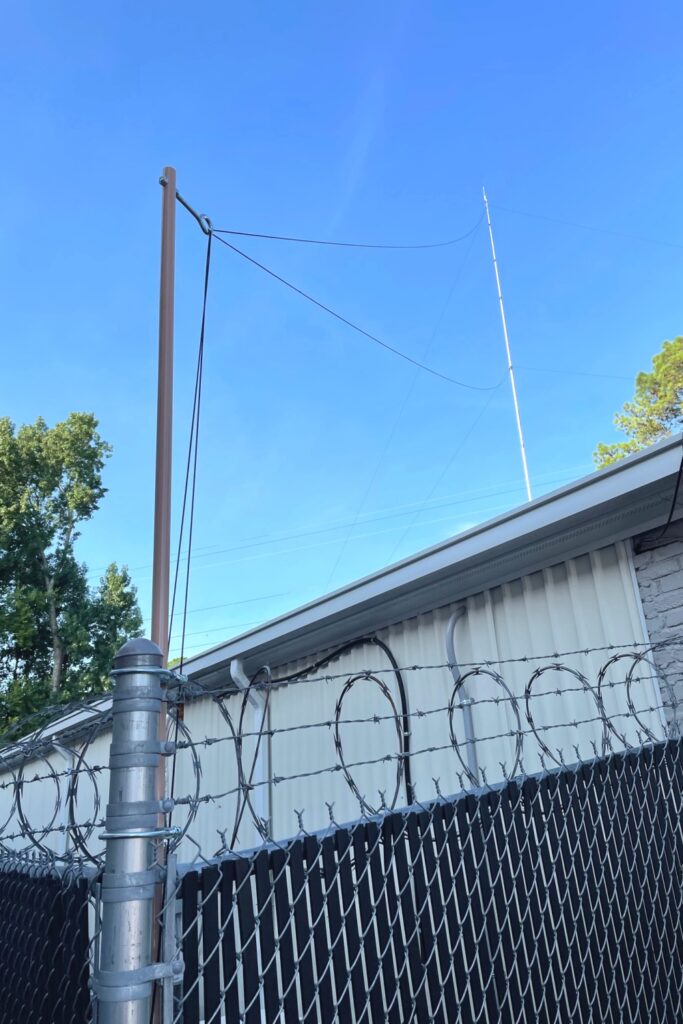

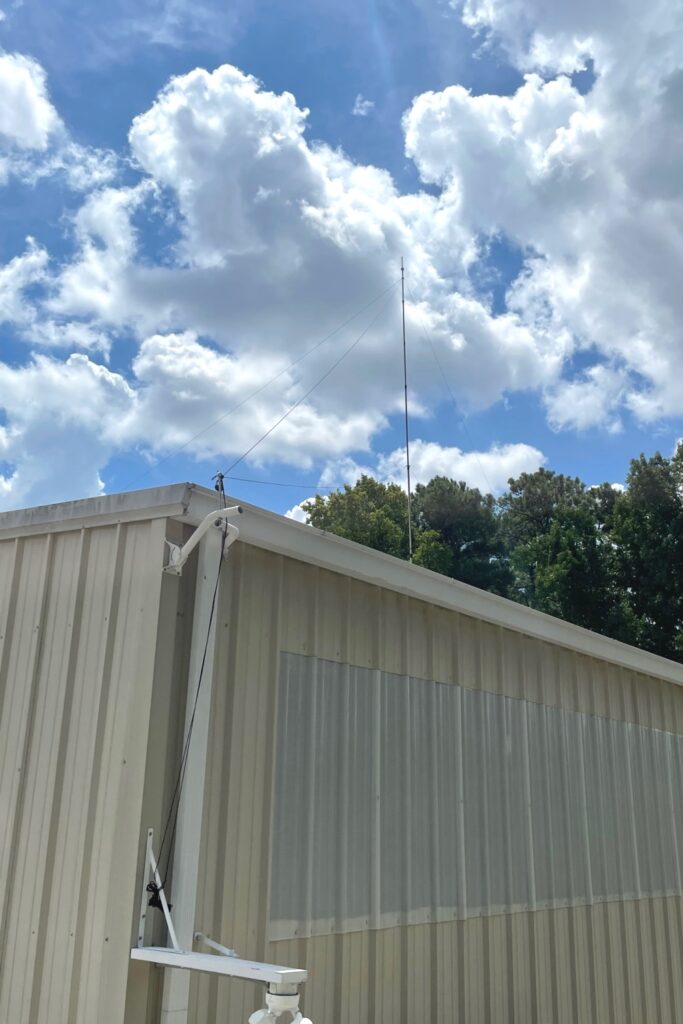
Introduction
This will be all about guying a push up mast. We will be using the example of a helium mining installation at our commercial business location. If you missed part one of the commercial business install you can see that here “My Helium Mining Installation Part 1 – Commercial Business Edition“. At our business, we have enterprise-level internet with enterprise-level firewalls which we have also done a post on to show you what we had to do in order to get our miner to send information and receive information. See here “Configuring Your Business Network Equipment for Helium Mining“. This being part two we are going to start on the topic of guying. Guying is VERY important to keeping a tall structure vertical. Guying transfers the horizontal forces seen by the mast or structure into vertical force which the mast can handle the compressive force much better. If you want the object you are elevating to stay steady, not fall, and survive for years and decades to come, use these tips to your advantage. Let’s dive in.

Planning Is Everything!
Before you go to erect a mast, planning is key! We plan to guy this mast and in order to do this, we need to determine our guying locations based on our limitations and resources, we need to measure and calculate our guy rope lengths, and we need to prepare for “mast raising day”.
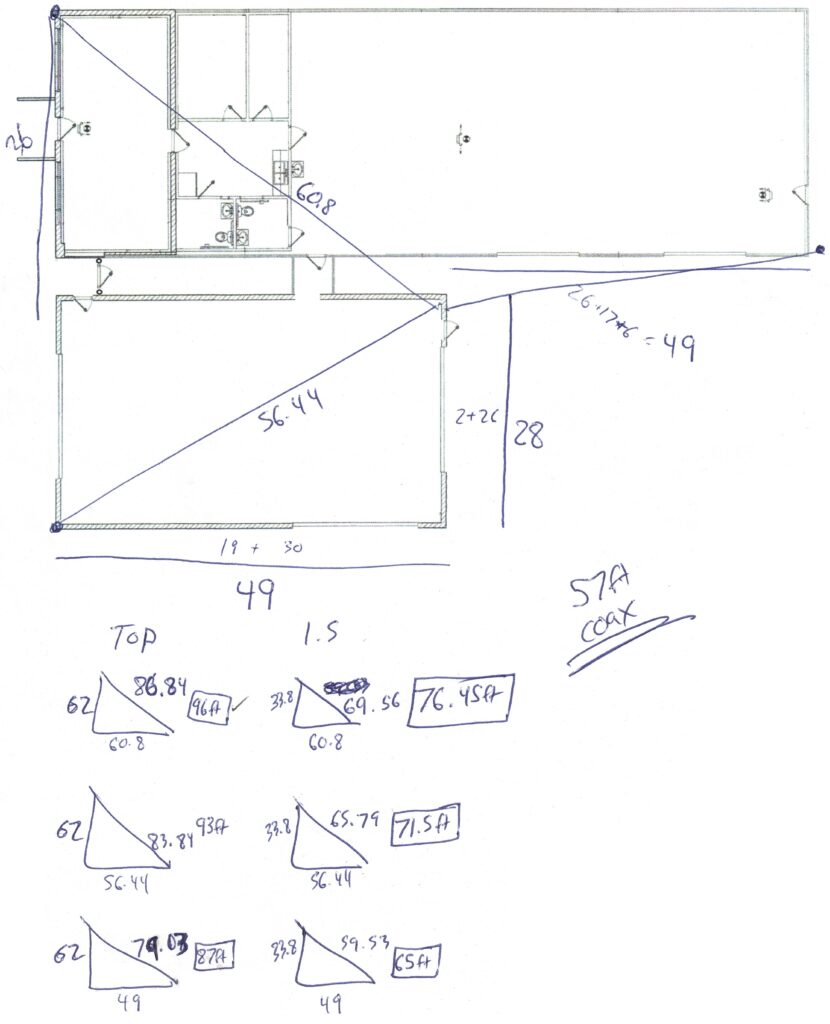
In order to plan this out we have to determine our guying locations. I put together a sketch of our buildings at this site in order to get a good idea of angles. Angles are everything in guying. We opted to go with 3 direction guying here because our top guy point needs to be as close to 45 degrees out from the mast as possible. The closer that the top guy point is to the mast, the more force is needlessly applied to mast. Because we determined the base of our mast would be elevated and attached to the side of the building we have to plan for this in our guy rope length determination. Based on the mast length and the distance from the bottom of our mast to the ground we can calculate how high each guy ring would sit when the mast is fully extended.
How Did We Select Where To Put The Guy Points?
On our property, we needed to be sure that guy lines would not EVER get in the way of semi-trucks for deliveries. In order to do that, we had to go with elevated guy points instead of the traditional, and MUCH easier, use of Guy Stakes that would be directly hammered into the ground.
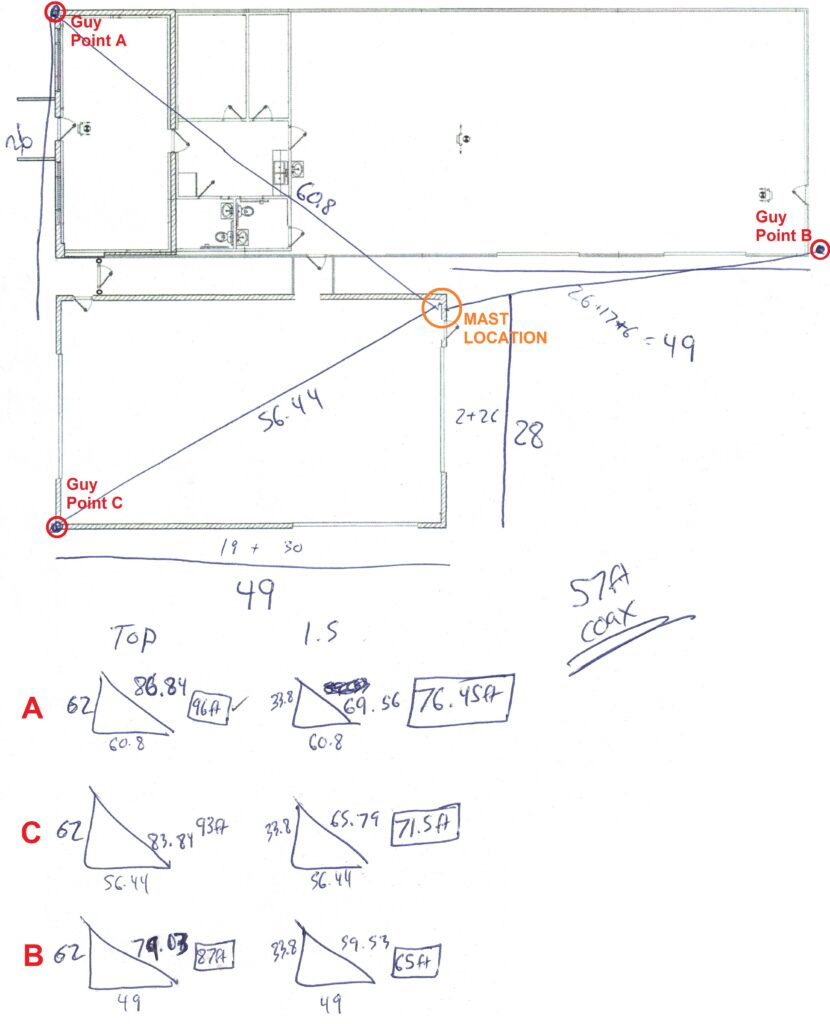
We are trying to keep our guy lines completely out of the way of areas that get daily traffic and still keep the mast vertical for the foreseeable future. All while trying to keep the top guy line as close to 45 degrees out from the mast as possible. I knew we only had the ability to use 3 direction guying so we used our Guy Rings and selected 3 points as close to being 120 degrees apart as possible AND around 50 feet out from the base of the mast. You can see above in FIGURE 2 a drawing of our rough straight line distances that we measured using a tape measure all while being on the ground.
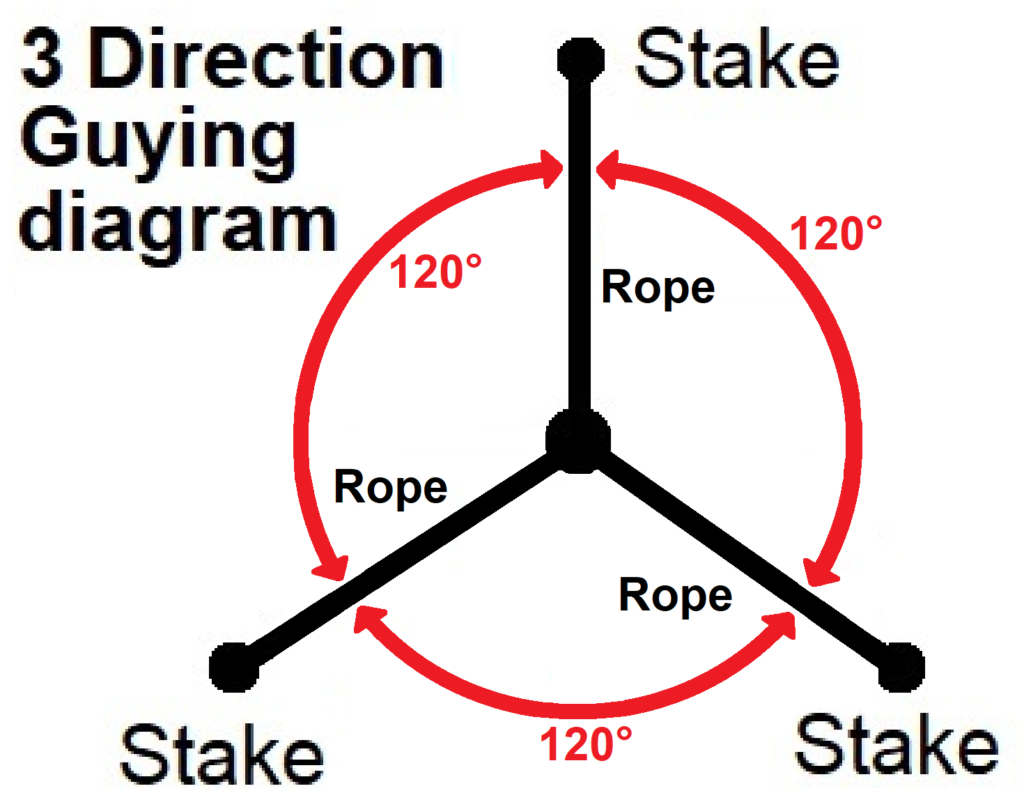
How Do I Calculate The Guy Line Distance?
We are going to use the example of our “Guy Point A” location in FIGURE 2 above. Using our friend, the Pythagorean Theorem (A² + B² = C²), we can calculate the distance from the mast to the guy point in a straight line out from the mast to that guy point. Once we have that distance we have the length from the mast to the guy point AND the height of the mast. With that, we plug the distance of the mast to the guy point in for “A²” and the height of the mast plus the distance from ground that the base of the mast is minus the height of “Guy Point A” in for “B²” into our formula. Solving for “C²” will give us the distance from the guy ring, located on the mast, to the “guy point A” on the ground. SO, in our example, this would be 60.8² feet plus 62² feet which equals 86.84². With that number we add 10% to that length to compensate for typing knots and general ease of use and then we round it to the nearest number. That is how I cam up with the 96 feet of guy rope needed for this one guy line. You would repeat this step for each guy point and guy ring location on the mast.
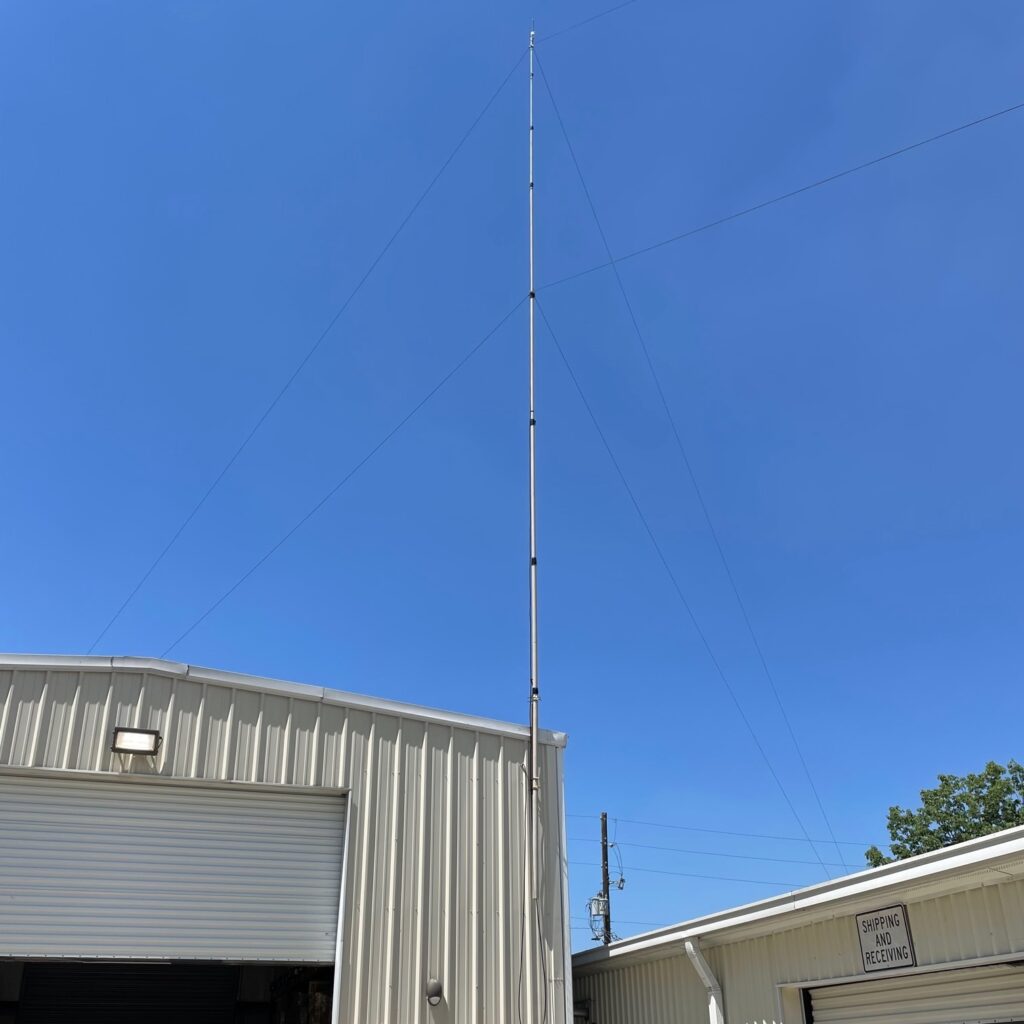
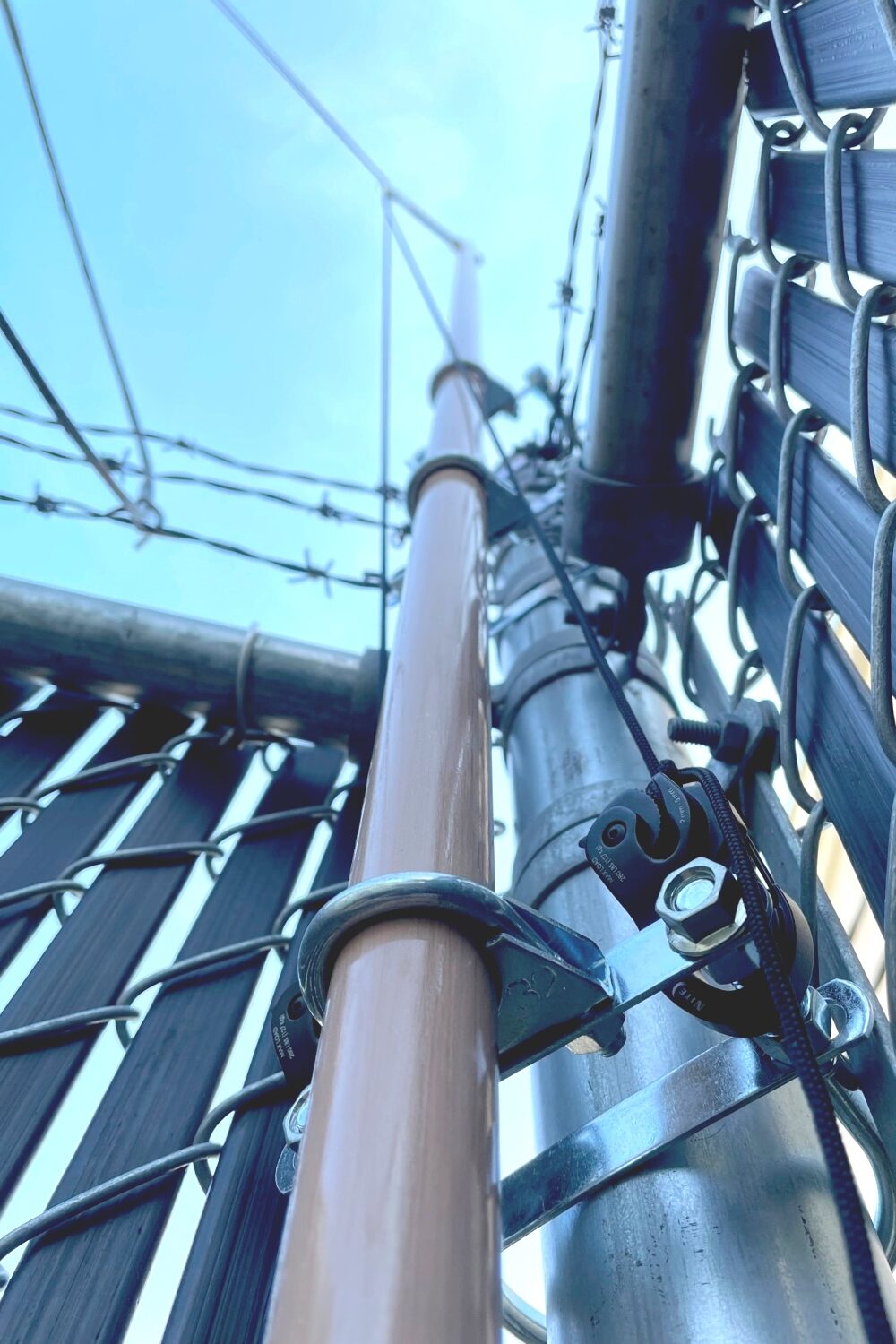
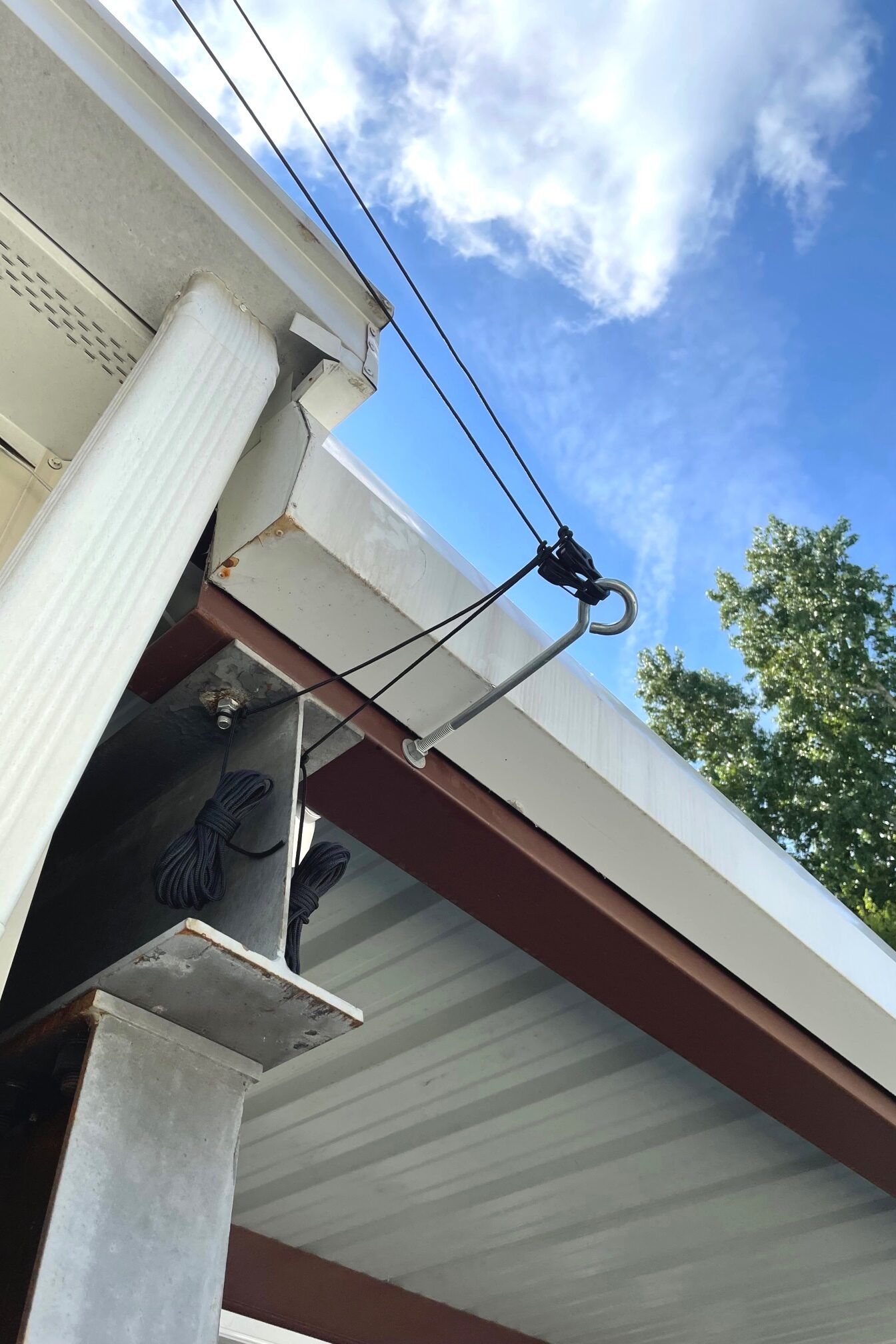
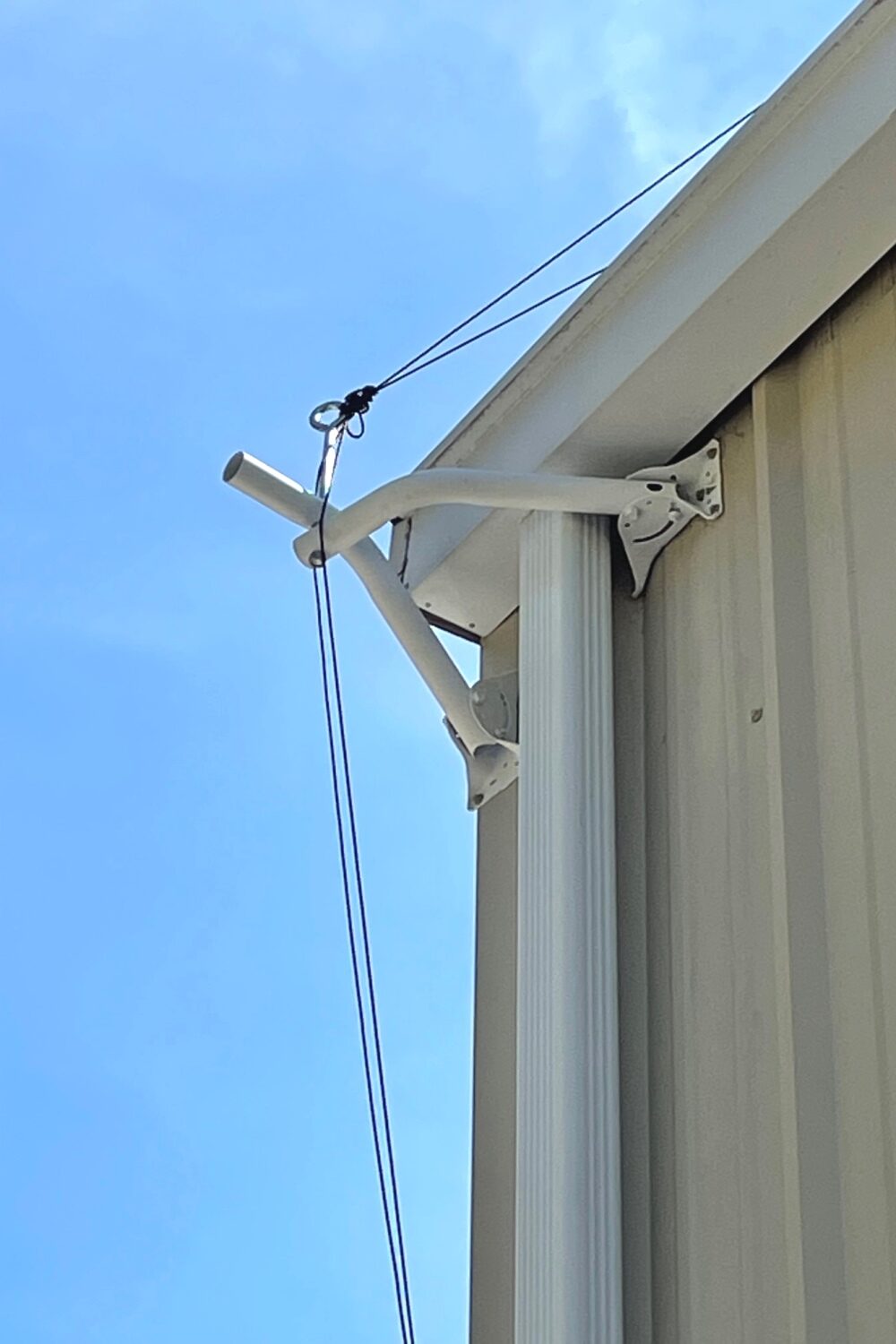
Guying Basics
A tall structure such as our full-length model MK-8 or MK-6 series masts (including the HD versions) MUST be guyed and kept under control with guys even while being erected. NOTE: Do NOT use metal guy cables with this mast system! Metal cables are conductive and HEAVY and add significantly to the vertical loading of the mast. Enlist three friends, family, or neighbors (or 4, if you choose 4 point guying) to stand in the approximate locations of the guy anchor points, and to hold the guy ropes and “feed them out” as you extend the mast, all the while being certain that the mast stays vertical. We recommend guying at least two levels with three direction guys. These kits come with everything we offer to guy your mast effectively.
Err on the side of over-engineering, never under! Even with guyed structures, always secure the base in a secure fashion where it cannot move. In semi-permanent installations, be sure the bottom tube end is not plugged so that water can drain out. Water can freeze and split the tube if allowed to accumulate. Guy anchor points should be strong enough to withstand a great deal of pulling force, and away from the mast far enough that the guy ropes form a 45-degree or greater angle with respect to the mast. If the guy anchor points are too close to the mast, the guys not only exert a great deal of downward pressure on the mast, adding to the vertical load, but they have far less mechanical advantage on the structure while doing their job of keeping your mast stable during severe environmental conditions. Final adjustment of your guy ropes should be without excess slack, but not so tight as to “load” the mast.
Leverage experienced with tall structures will make them impossible to hold at an angle, so again, keep the structure vertical at all times during extension and retraction. Having people on all guy ropes to maintain control (keeping the structure VERTICAL at all times) during raising or lowering the structure is a must. When letting the structure down, be certain to maintain a firm grip on the inner tubes when you SLOWLY release tension on the thumb clamp. Do not rely on the clamp tension only to let down each section. Gloves (selected for a good grip on the tube surface) will be a BIG help. Always raise and lower in adequate lighting to avoid accidentally extending the mast past the “stop” line you marked on the tubes. Again, ALWAYS have adequate help on hand to maintain control of the structure when raising or lowering.
Guying Diagram Example
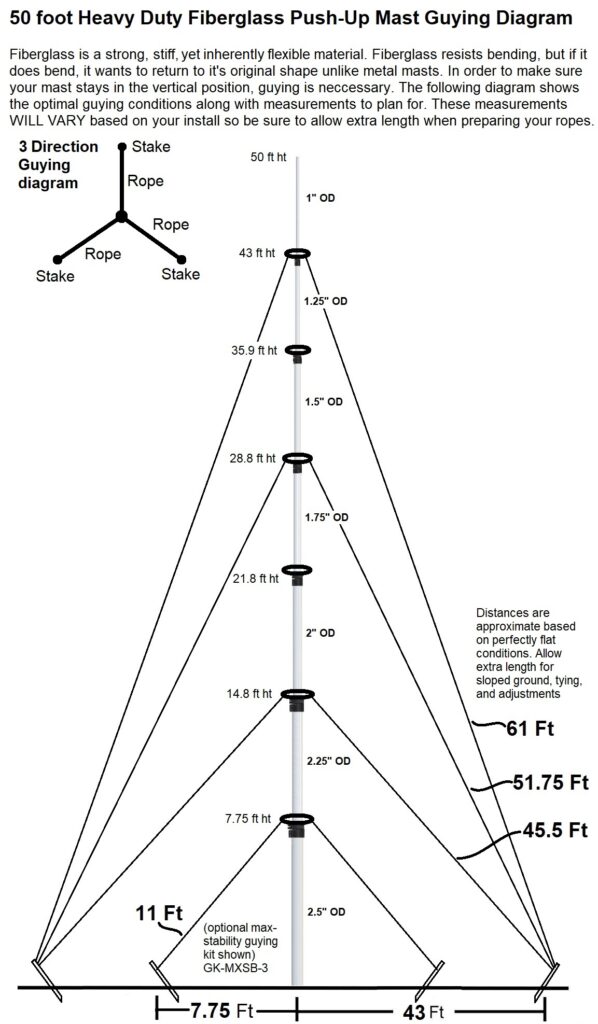
We offer complete guying kits for our mast kits so in the case you want to be sure you have all of the guying materials they can be had in one easy to pick up kit. Below is a picture of the materials provided in one of several guy kits we offer. See your respective mast listing on our website for detailed guying instructions per mast. There are diagrams provided there with lengths of rope needed for guying on a flat surface. Please pay attention to the dimensions provided and adjust accordingly based on distance guyed from the mast, elevation of the guy point relative to the base of the mast, and the height of the guy ring from the base of the mast. Only when you have selected a mast can you figure out what you need to guy it with.
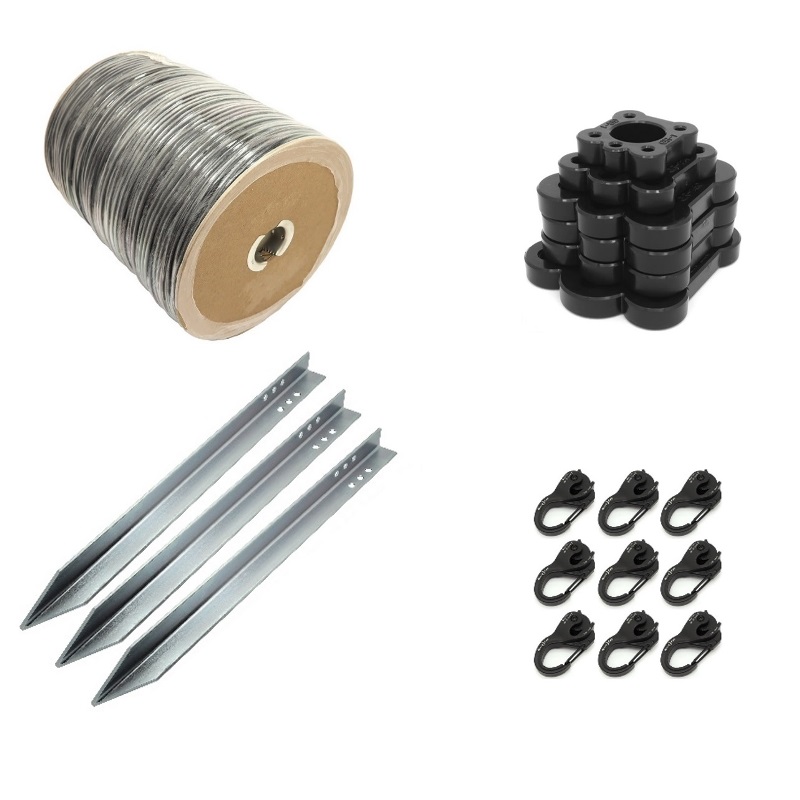
See Part 3 – Commercial Business Edition – Elevated Guy Point on a Round Post
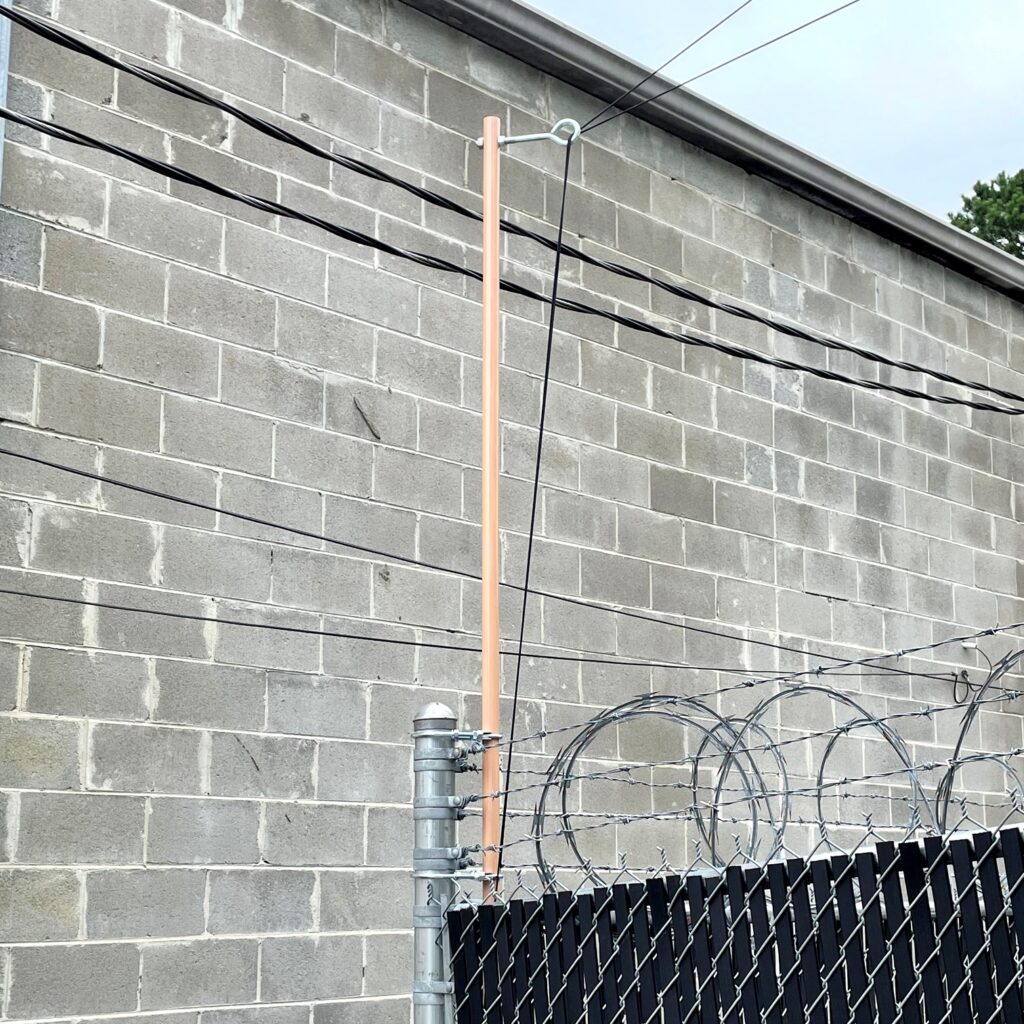
Missed Part 1? See it HERE!
